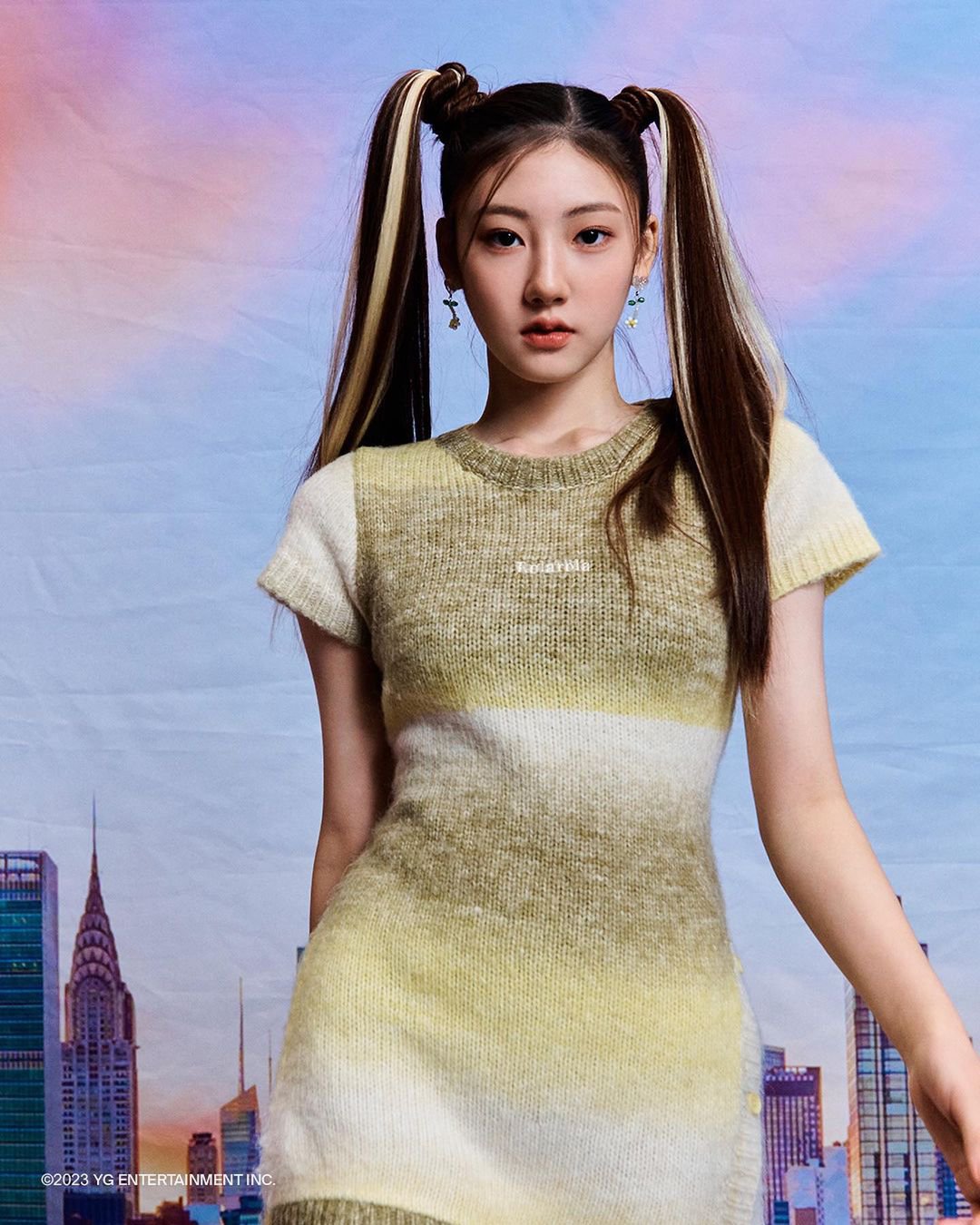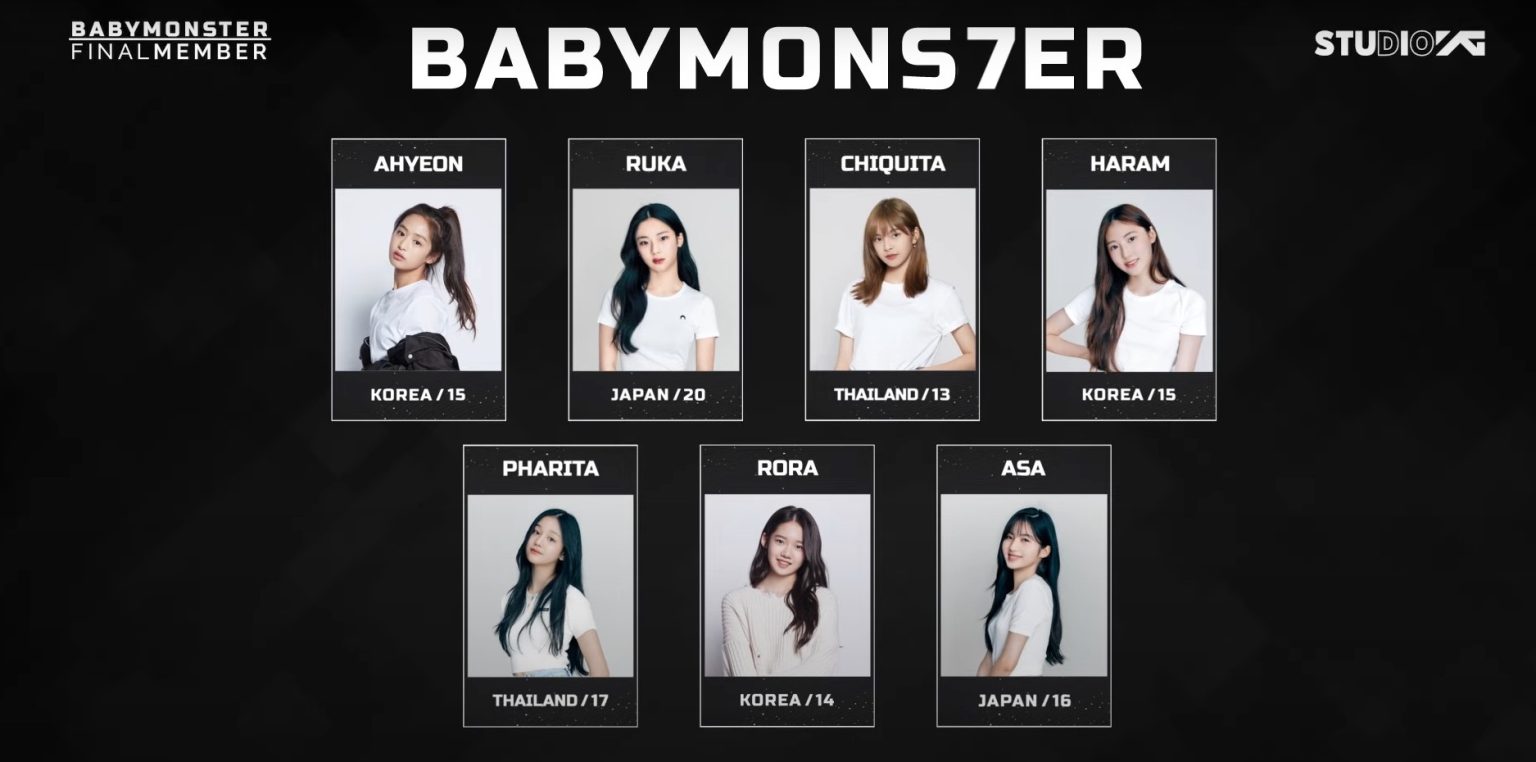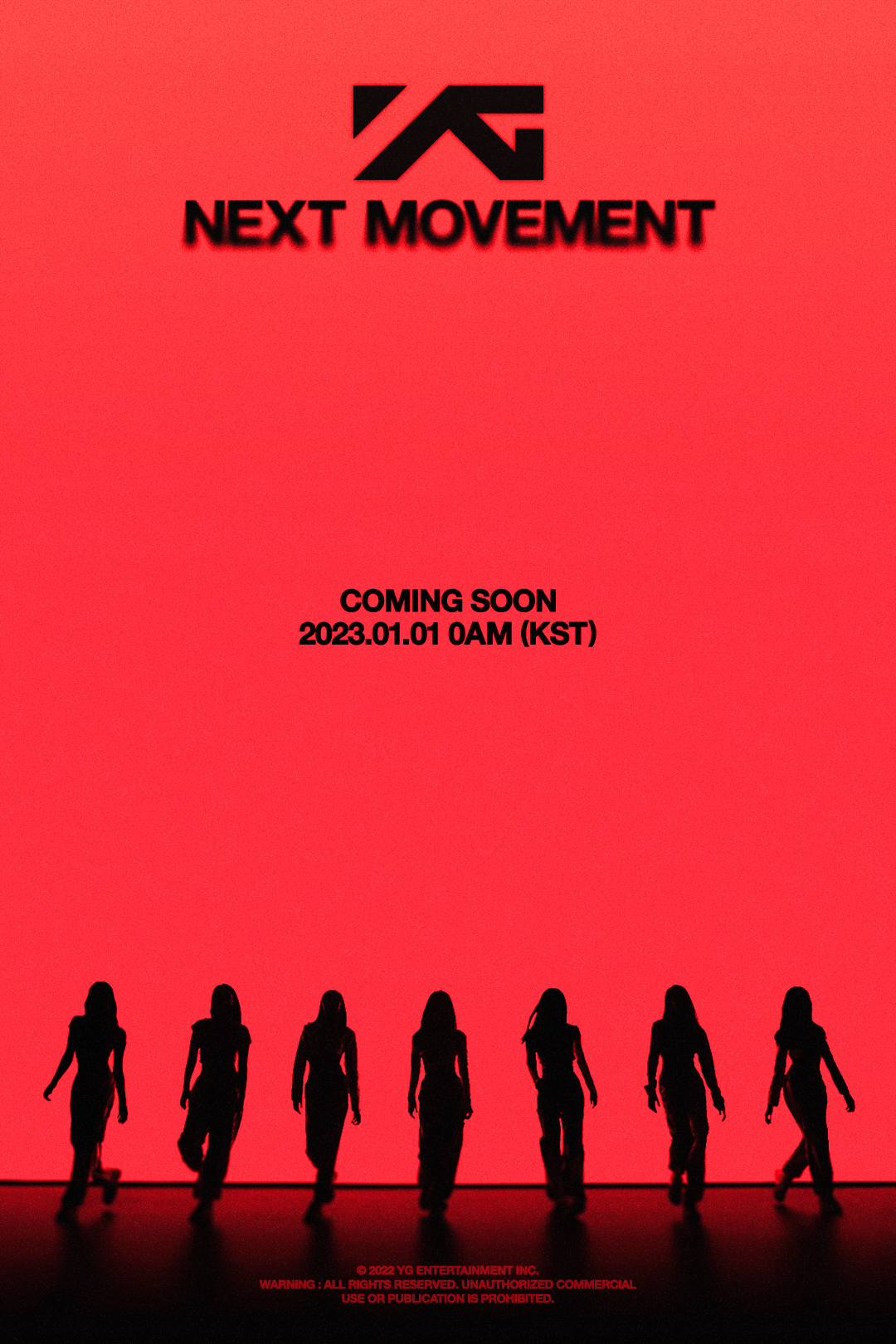Baby Monster Age: A Comprehensive Guide To Understanding And Exploring
Discovering the fascinating world of Baby Monster Age has captivated the interest of many enthusiasts worldwide. Baby Monster Age refers to a phenomenon or entity that has gained immense popularity due to its unique characteristics and appeal. Whether you're a fan of mythical creatures, fantasy worlds, or simply looking to expand your knowledge, this article will provide you with an in-depth understanding of Baby Monster Age. Dive into the world of Baby Monster Age and uncover its secrets!
Baby Monster Age is not just a mere concept but a cultural phenomenon that continues to grow. It represents a fusion of creativity, imagination, and the human fascination with the unknown. From its origins to its evolution, Baby Monster Age has become a topic of interest for people across various demographics.
In this article, we will explore everything you need to know about Baby Monster Age. From its origins and significance to its impact on popular culture, this guide will provide you with valuable insights. Whether you're a beginner or a seasoned enthusiast, you'll find something new and exciting to learn about Baby Monster Age.
- Corey Carter Richardson
- Woman Bites Flight Attendant
- Northern Lights Alabama Tonight
- Best Rated Wet Dry Vacuums
- Koreen Odiney
Table of Contents
- Introduction to Baby Monster Age
- Origins and History
- Characteristics of Baby Monster Age
- Cultural Significance
- Baby Monster Age in Popular Media
- Types of Baby Monsters
- Baby Monster Age and Education
- Economic Impact
- Scientific Perspective
- Conclusion
Introduction to Baby Monster Age
Baby Monster Age is a term that refers to the juvenile stage of mythical creatures often depicted in fantasy literature, games, and media. These creatures, known as baby monsters, have captured the imagination of people worldwide due to their adorable yet mysterious nature. Understanding Baby Monster Age involves exploring the lifecycle, behavior, and cultural significance of these creatures.
This section will delve into the basics of Baby Monster Age, providing you with a foundational understanding of what it entails. Whether you're a fan of fantasy worlds or simply curious about mythical creatures, this introduction will set the stage for further exploration.
Origins and History
The origins of Baby Monster Age can be traced back to ancient folklore and mythology. Many cultures around the world have tales of creatures that resemble what we now call baby monsters. From dragons in Chinese mythology to griffins in Greek legends, the concept of baby monsters has evolved over time.
- Natasia Demetriou Children
- Quinta Brunson Body
- Who Died In The Labrant Family
- 4 Non Blondes Tour
- Venomous Sea Worms
Key Historical Developments
- Ancient Civilizations: Early depictions of baby monsters in art and literature.
- Medieval Period: The influence of baby monsters in European folklore.
- Modern Era: The rise of baby monsters in popular media and entertainment.
Understanding the historical context of Baby Monster Age provides insight into its enduring appeal and cultural significance.
Characteristics of Baby Monster Age
Baby monsters possess unique characteristics that distinguish them from their adult counterparts. These traits often include physical features, behavior patterns, and symbolic meanings. Some common characteristics of baby monsters include:
- Adorable Appearance: Baby monsters are often depicted as cute and lovable, with features such as large eyes and soft fur.
- Playful Behavior: They exhibit playful and curious behavior, making them endearing to fans.
- Symbolic Meaning: In many cultures, baby monsters represent innocence, growth, and transformation.
These characteristics contribute to the widespread appeal of Baby Monster Age and its impact on popular culture.
Cultural Significance
Baby Monster Age holds significant cultural importance in various societies. It serves as a symbol of creativity, imagination, and the human connection to the natural world. In some cultures, baby monsters are considered protectors or guardians, while in others, they represent the unknown and mysterious.
Impact on Society
- Art and Literature: Baby monsters inspire artists and writers to create captivating works.
- Entertainment: They are a staple in movies, video games, and television shows, captivating audiences worldwide.
- Education: Baby monsters are used as educational tools to teach children about nature and mythology.
The cultural significance of Baby Monster Age is evident in its widespread influence across different domains of society.
Baby Monster Age in Popular Media
Baby monsters have made significant appearances in popular media, becoming a staple in the entertainment industry. From blockbuster movies to best-selling video games, Baby Monster Age has found its place in the hearts of audiences worldwide.
Notable Examples
- Animated Films: Movies like "How to Train Your Dragon" and "Zootopia" feature baby monsters as central characters.
- Video Games: Games such as "Pokémon" and "Monster Hunter" have built entire franchises around baby monsters.
- Television Shows: Series like "Spirited Away" and "The Secret of NIMH" explore the world of baby monsters in depth.
The representation of Baby Monster Age in popular media continues to evolve, captivating new generations of fans.
Types of Baby Monsters
There are numerous types of baby monsters, each with its unique characteristics and origins. Understanding the different types of baby monsters can enhance your appreciation of Baby Monster Age. Some common types include:
- Dragons: Baby dragons are often depicted as majestic and powerful creatures.
- Griffins: Baby griffins combine the features of lions and eagles, symbolizing strength and wisdom.
- Unicorns: Baby unicorns are known for their magical horns and gentle nature.
Exploring the various types of baby monsters provides a deeper understanding of Baby Monster Age and its diversity.
Baby Monster Age and Education
Baby Monster Age has found its way into the educational system, serving as a tool to engage students in learning. Teachers and educators use baby monsters to teach subjects such as biology, mythology, and cultural studies. The use of baby monsters in education makes learning more interactive and enjoyable for students.
Educational Benefits
- Creative Thinking: Baby monsters encourage students to think creatively and explore their imagination.
- Cultural Awareness: They provide insight into different cultures and their beliefs about mythical creatures.
- Scientific Learning: Baby monsters can be used to teach biological concepts such as lifecycle and evolution.
The integration of Baby Monster Age in education demonstrates its versatility and educational value.
Economic Impact
Baby Monster Age has a significant economic impact, contributing to various industries such as entertainment, gaming, and merchandising. The popularity of baby monsters has led to the creation of lucrative franchises and product lines, generating billions in revenue annually.
Key Industries
- Entertainment: Movies, TV shows, and video games featuring baby monsters drive significant revenue.
- Merchandising: Toys, clothing, and accessories related to baby monsters are in high demand.
- Theme Parks: Attractions featuring baby monsters attract millions of visitors worldwide.
The economic impact of Baby Monster Age highlights its importance in the global market.
Scientific Perspective
From a scientific perspective, Baby Monster Age can be viewed as a study of mythical creatures and their potential origins. While baby monsters are fictional, they often draw inspiration from real-life animals and natural phenomena. Scientists and researchers explore the biological and ecological aspects of baby monsters to better understand their appeal and significance.
Research Areas
- Evolutionary Biology: Studying the traits and characteristics of baby monsters in relation to real animals.
- Ecology: Exploring the habitats and ecosystems depicted in baby monster stories.
- Anthropology: Investigating the cultural significance of baby monsters in different societies.
The scientific perspective on Baby Monster Age provides a deeper understanding of its relevance and impact.
Conclusion
In conclusion, Baby Monster Age is a fascinating phenomenon that continues to captivate audiences worldwide. From its origins in ancient folklore to its impact on modern media, Baby Monster Age has become an integral part of popular culture. Understanding its characteristics, cultural significance, and economic impact provides valuable insights into its enduring appeal.
We invite you to share your thoughts and experiences with Baby Monster Age in the comments section below. Additionally, explore our other articles to discover more about mythical creatures and fantasy worlds. Thank you for reading, and we hope you've enjoyed this comprehensive guide to Baby Monster Age!
- Sofia Detorres
- June 2024 Festivals
- Hugh Grant Colin Firth Friends
- Villain Of Moana 2
- What Skin Condition Does Mikayla Have

Rami/Gallery BABYMONSTER Wiki Fandom

BABYMONSTER Members Age (Updated Current Age) and Debut Age KPop

BABYMONSTER Members Profile KPop Database /